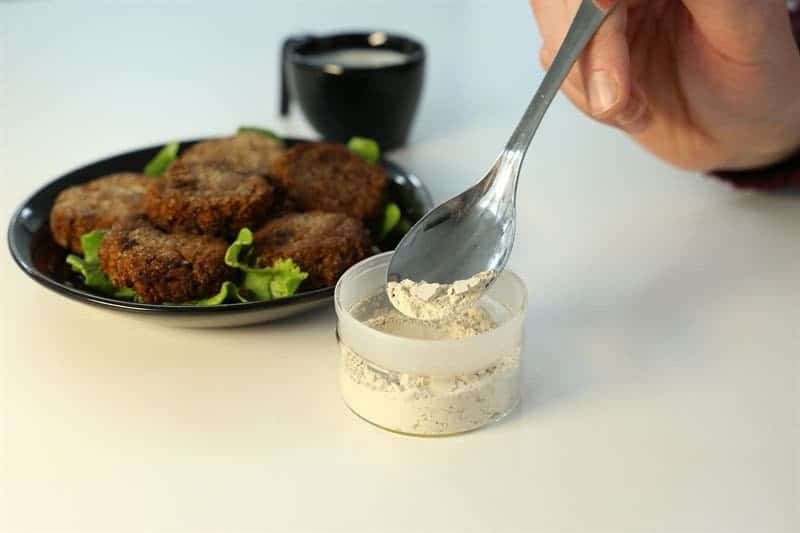When it comes to food, we tend to stick to what works — and for most of the world, insects are not on the menu. But in recent years, the idea of eating insects has gained traction across the world and some researchers argue that bugs can be a key part of a sustainable diet. For people who find it hard to go past the ‘yuck factor’, a team from the VTT Technical Research Centre of Finland has some good news: they’ve made tasty meatballs and falafel from crickets and worms.

VTT has developed raw materials from mealworms and crickets which, due to their promising structure and flavour, can be used in the manufacture of foods such as meatballs and falafel. Image credits: VTT
Crickets and worms are the most widely farmed insects in Western countries. I’ve had the chance to taste crickets and can say that they’re not nearly as bad as I would have imagined. A bit stale, but nothing a cold beer can’t wash down. Many other people are also starting to consider insects as a food source, but there’s a problem — people wouldn’t really like to cook insects, for obvious reasons. They also wouldn’t like it to come in a raw form and eat insects one by one. Most consumers would presumably like the food to come in a different form, something pre-cooked or pre-prepared to make it easier to digest (more mentally than physically). Ideally, something that people are already used to — and that’s what the VTT team went for.
They developed a dry fractionation method which separates insect fractions with varying flavors and degrees of coarseness. The finer fractions contain small amounts of the insect’s chitin shell which tend to be rough on the tongue and have a strong meat-like taste, while the coarse fractions have less flavor and more chitin. During the process, fat was also removed from the insects, leaving them with up to 65-80% crude protein.
Then, they figured that since insect fractions are very effective at binding things together, they might work well in things like meatballs or falafel. They replaced 5-18% of meatball or falafel dough with insect fractions, which doubled or even tripled the meal’s protein count. As for the taste? It was just as delicious as the original thing, or at least that’s what they tell us.
Several food manufacturers are already looking at ways through which insects can penetrate the food market. At the moment, insects have not been granted a novel food authorisation within the European Union, but such a decision is expected to come in 2018. In their basic form, insects are already available in some countries in Europe and eating them seems to have become somewhat of a trend. The United Nations promotes insect-eating as a sustainable approach which made them more popular, and it seems reasonable that more and more people will start eating the little critters — but if they could be incorporated into some processed foods, that would certainly help make them more palatable.
Still, there are also environmental concerns about eating insects. A 2016 PLOS study placed a question mark around the whole thing.
“I think the sustainability claims on this topic have been overstated given the current state of knowledge,” wrote study author Dr. Mark Lundy of the University of California Division of Agriculture and Natural Resources in an e-mail to Time.
So, where do you stand on this? Is eating insects OK? What about insect meatballs? The comment bar is your oyster!









